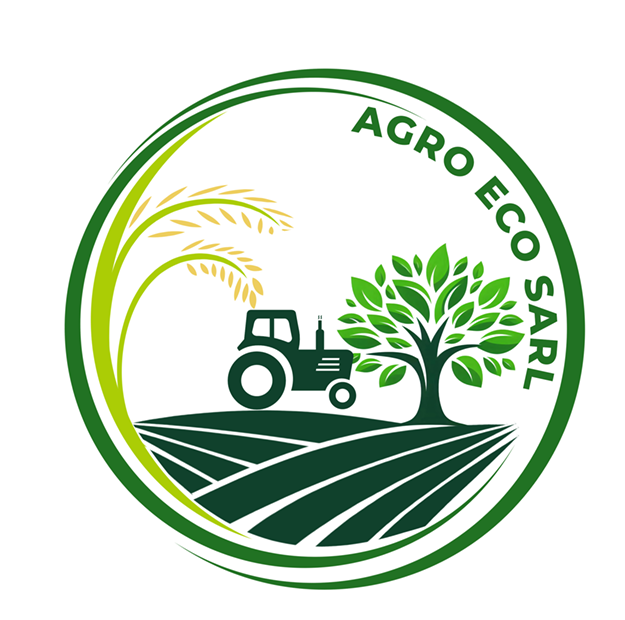Sustainable Irrigation – The Future of Smart Farming
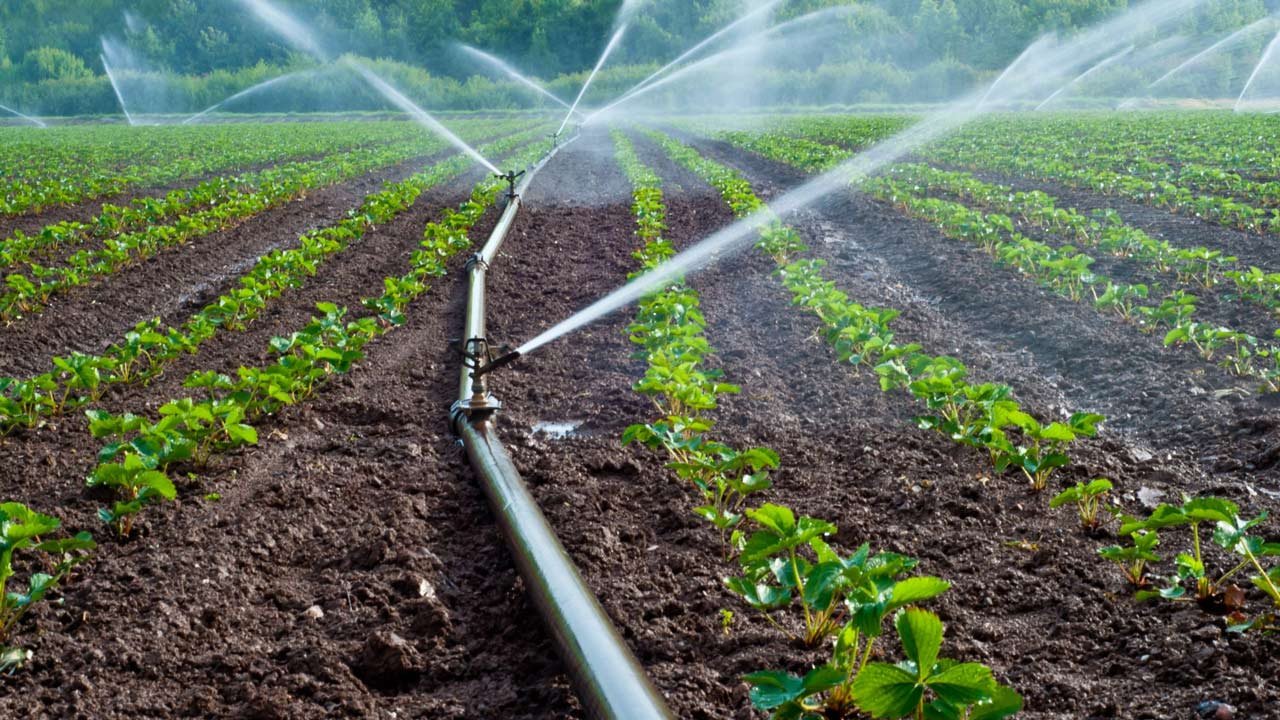
Sustainable Irrigation – The Future of Smart Farming
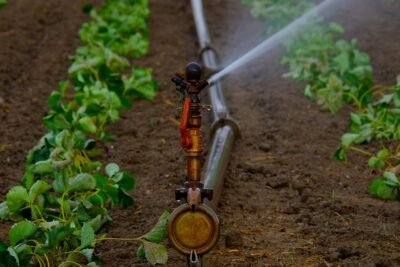
1. Introduction: The Urgency of Water-Smart Agriculture
Water scarcity is no longer a distant threat—it is a pressing reality for farmers worldwide. As climate variability intensifies, traditional irrigation methods are proving insufficient. Sustainable irrigation is not just an alternative; it is a necessity for resilient agriculture. By optimizing water use, farmers can secure their livelihoods while safeguarding natural resources.
2. The Global Water Crisis and Its Impact on Farming
Agriculture consumes nearly 70% of the world’s freshwater, yet much of it is wasted through inefficient practices. Droughts, erratic rainfall, and groundwater depletion are forcing a paradigm shift. Regions like Sub-Saharan Africa, including Cameroon, face acute challenges, making sustainable irrigation not just beneficial but imperative.
3. What Is Sustainable Irrigation?
Sustainable irrigation refers to water management systems designed to maximize efficiency while minimizing waste. Unlike flood irrigation, which loses vast quantities to evaporation and runoff, modern techniques ensure precise delivery. These systems integrate technology, renewable energy, and ecological principles to create a closed-loop approach.
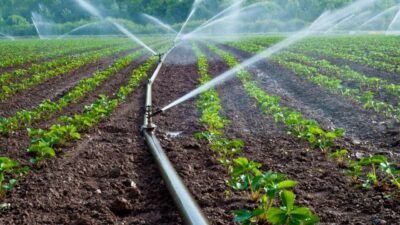
4. Key Benefits of Sustainable Irrigation Systems
4.1. Water Efficiency and Conservation
Drip and micro-irrigation systems reduce water usage by 30-70% compared to conventional methods. By targeting root zones directly, they eliminate superfluous consumption.
4.2. Increased Crop Yields and Quality
Consistent moisture levels prevent stress on plants, leading to healthier growth and higher productivity. Studies show yield improvements of 20-50% in water-stressed regions.
4.3. Cost Reduction and Long-Term Savings
Though initial setup costs may be higher, sustainable systems lower operational expenses. Reduced pumping needs and fewer labor hours translate into long-term financial benefits.
4.4. Environmental Protection and Soil Health
Excess irrigation leads to salinization and nutrient leaching. Precision systems maintain soil integrity, promoting microbial activity and reducing chemical runoff.
5. Types of Sustainable Irrigation Systems
5.1. Drip Irrigation: Precision Water Delivery
Ideal for row crops and orchards, drip systems use a network of tubes to deliver water directly to plant bases. This method slashes evaporation losses and weed growth.
5.2. Sprinkler Systems: Balanced Water Distribution
Rotating sprinklers provide uniform coverage, making them suitable for large fields. Modern low-pressure designs enhance efficiency.
5.3. Rainwater Harvesting: Utilizing Nature’s Supply
Collecting and storing rainwater reduces dependence on groundwater. Simple barrel systems or larger catchment ponds can supplement irrigation during dry spells.
5.4. Solar-Powered Irrigation: Energy-Efficient Solutions
Solar pumps eliminate fuel costs and emissions. Papled with drip systems, they offer a fully sustainable solution for off-grid farms.
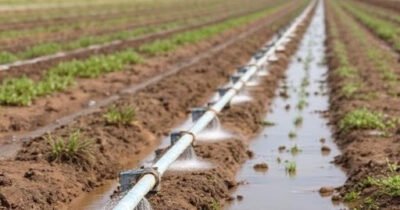
6. Smart Technologies Enhancing Irrigation Efficiency
6.1. Soil Moisture Sensors
These devices provide real-time data on soil hydration, enabling farmers to irrigate only when necessary.
6.2. Automated Timers and Controllers
Programmable systems adjust watering schedules based on weather forecasts, preventing overwatering during rains.
6.3. AI and Predictive Weather Integration
Advanced algorithms analyze historical and forecasted weather patterns to optimize irrigation cycles, further reducing waste.
7. Best Practices for Implementing Sustainable Irrigation
7.1. Conducting a Farm Water Audit
Assess current water usage, identify leaks, and measure application rates to determine inefficiencies.
7.2. Choosing the Right System for Your Crops
Soil type, crop variety, and topography influence system selection. Consulting an agronomist ensures optimal design.
7.3. Proper Maintenance and Upkeep
Regularly check emitters, filters, and pumps to prevent clogging and ensure consistent performance.
8. Agro Eco Sarl’s Approach to Sustainable Irrigation
8.1. Custom Solutions for Small and Large Farms
From smallholder drip kits to expansive solar-powered systems, tailored designs meet diverse needs.
8.2. Training and Farmer Education Programs
Workshops on system operation and water management empower farmers to maximize their investments.
9. Case Study: Success Stories from Sustainable Irrigation
A cooperative in Cameroon’s West Region saw maize yields increase by 40% after adopting drip irrigation, while reducing water use by half.
10. Conclusion: Investing in the Future of Farming
Sustainable irrigation is not merely an upgrade—it is a lifeline for agriculture in an era of climate uncertainty. By adopting these systems, farmers can achieve productivity, profitability, and ecological balance. The time to act is now.
